They say to never judge a book by its cover, but even so, it's something we're all guilty of doing at one point or another. Humans have a natural tendency to instantly make assumptions about things based on initial impressions, and because of this, the Fitbit Ionic didn't do nearly as well as it should have.
When Fitbit launched the Ionic last October, it was asking people to spend $300 on a smartwatch that was big, bulky, and just $30 less than the Apple Watch Series 3. That made it a pretty difficult sell, and it resulted in less than pleasing sales as confirmed during Fitbit's earnings call that followed the Ionic's release.
Fitbit's learned from its mistakes, and just five months later, it's coming back with the Versa — another smartwatch that offers most of the Ionic's best features but with a body and price that are considerably smaller. Add that together with a vastly improved software experience, and Fitbit's finally made a smartwatch that fitness enthusiasts and average consumers alike should be genuinely excited about.
The Design
I already prefaced this above, but let's dive a bit deeper into why the Versa's design is so great.
The Versa has a screen width of 1.34-inches, with the top and sides both measuring in at 0.9478-inches. Compared to the Ionic's 1.42-inch screen width, 1.15-inch top/bottom, and 0.83-inch sides, the Versa looks noticeably smaller when worn next to the Ionic. It comes in Black, Rose Gold, and Silver color options, and you can also pick up a Special Edition that comes in Graphite and Rose Gold with NFC for Fitbit Pay support.
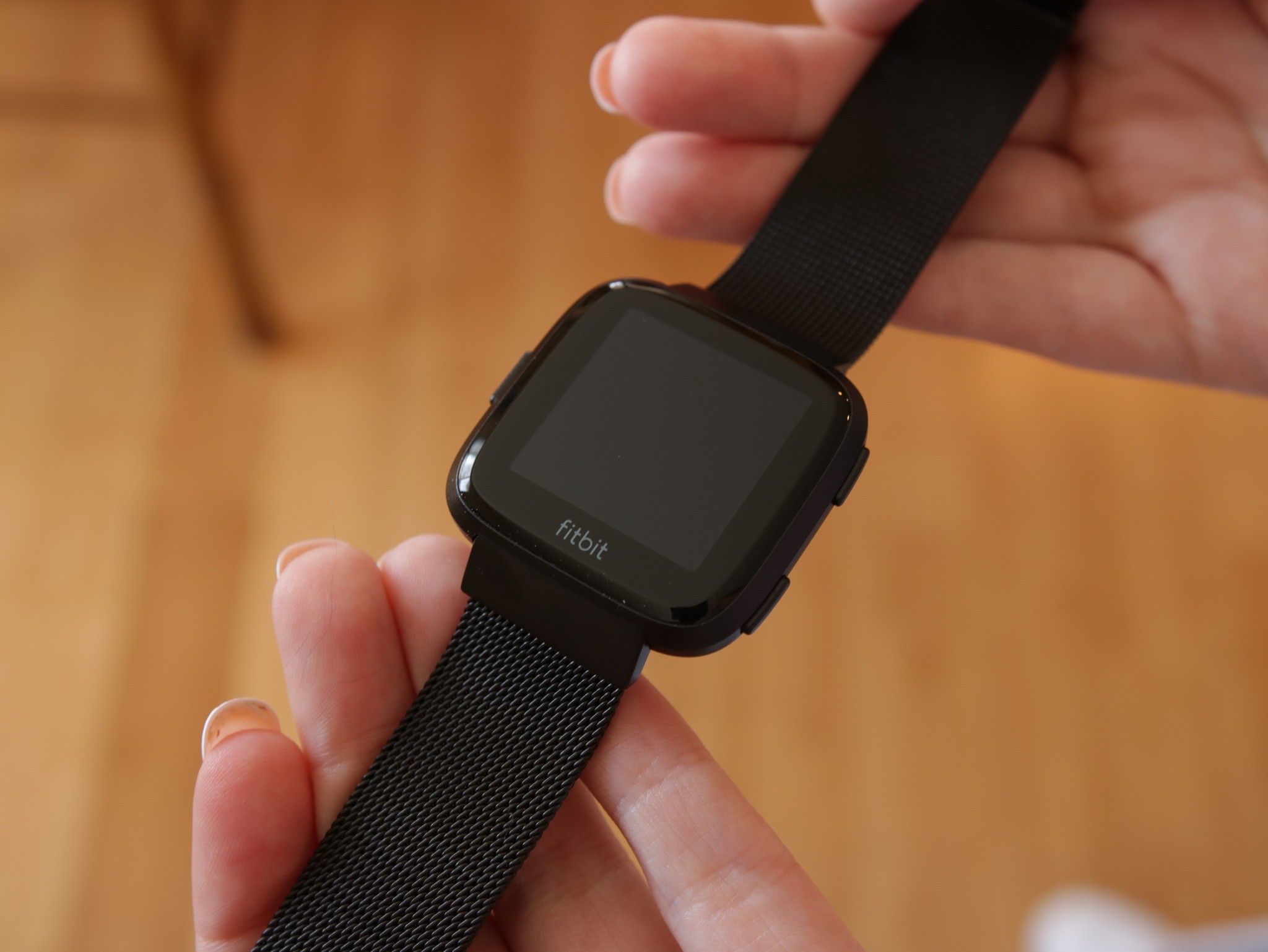
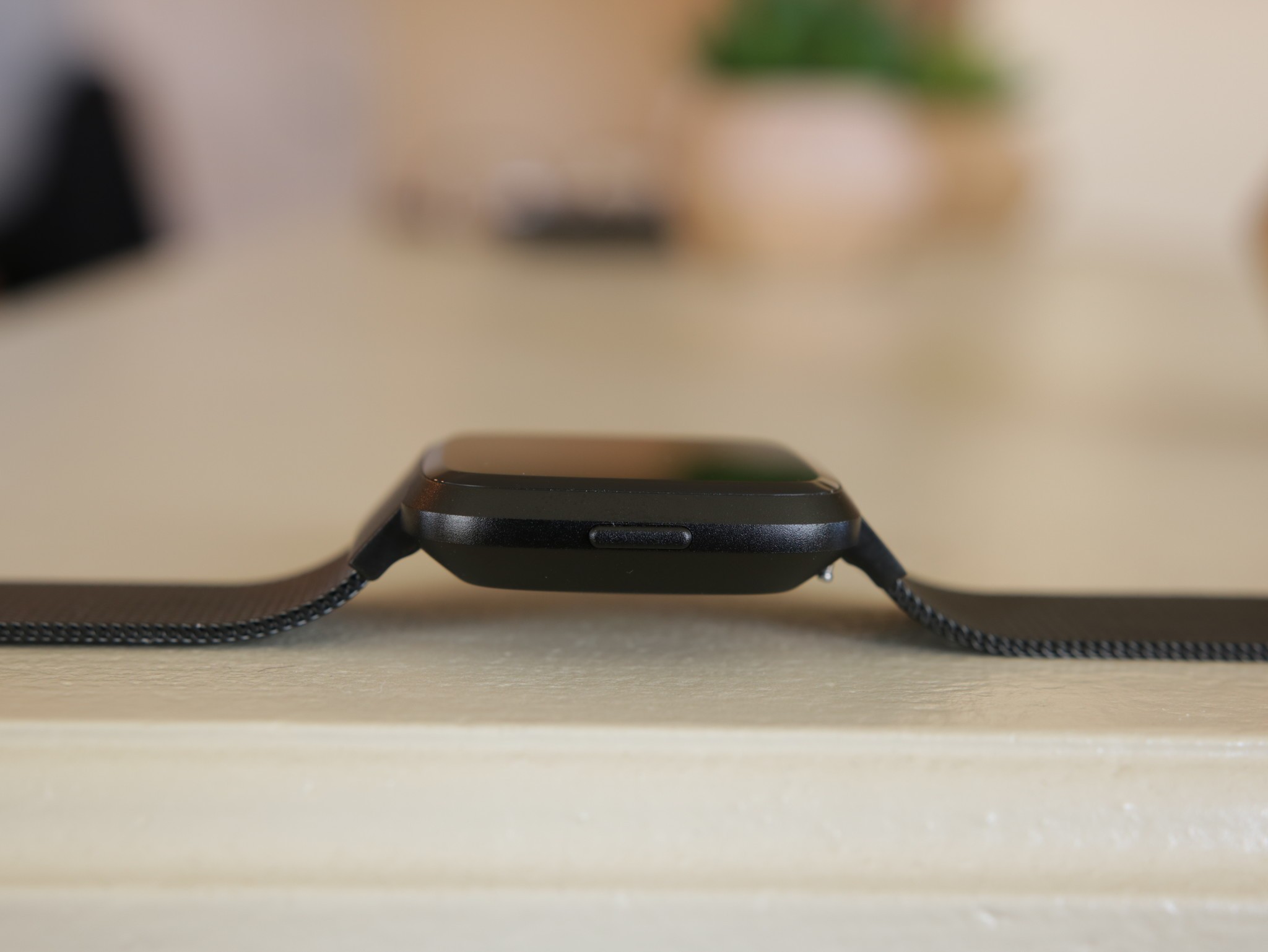
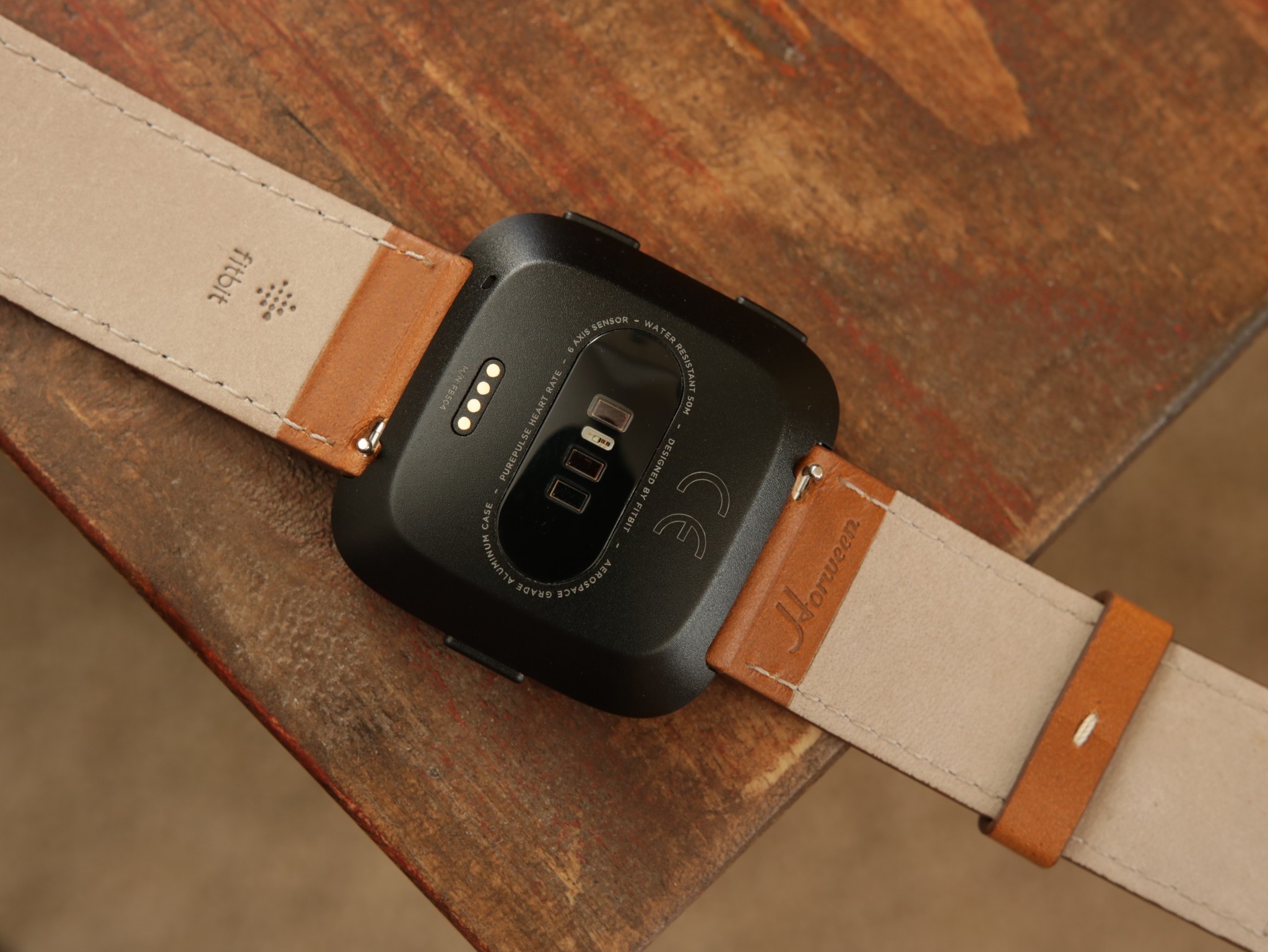
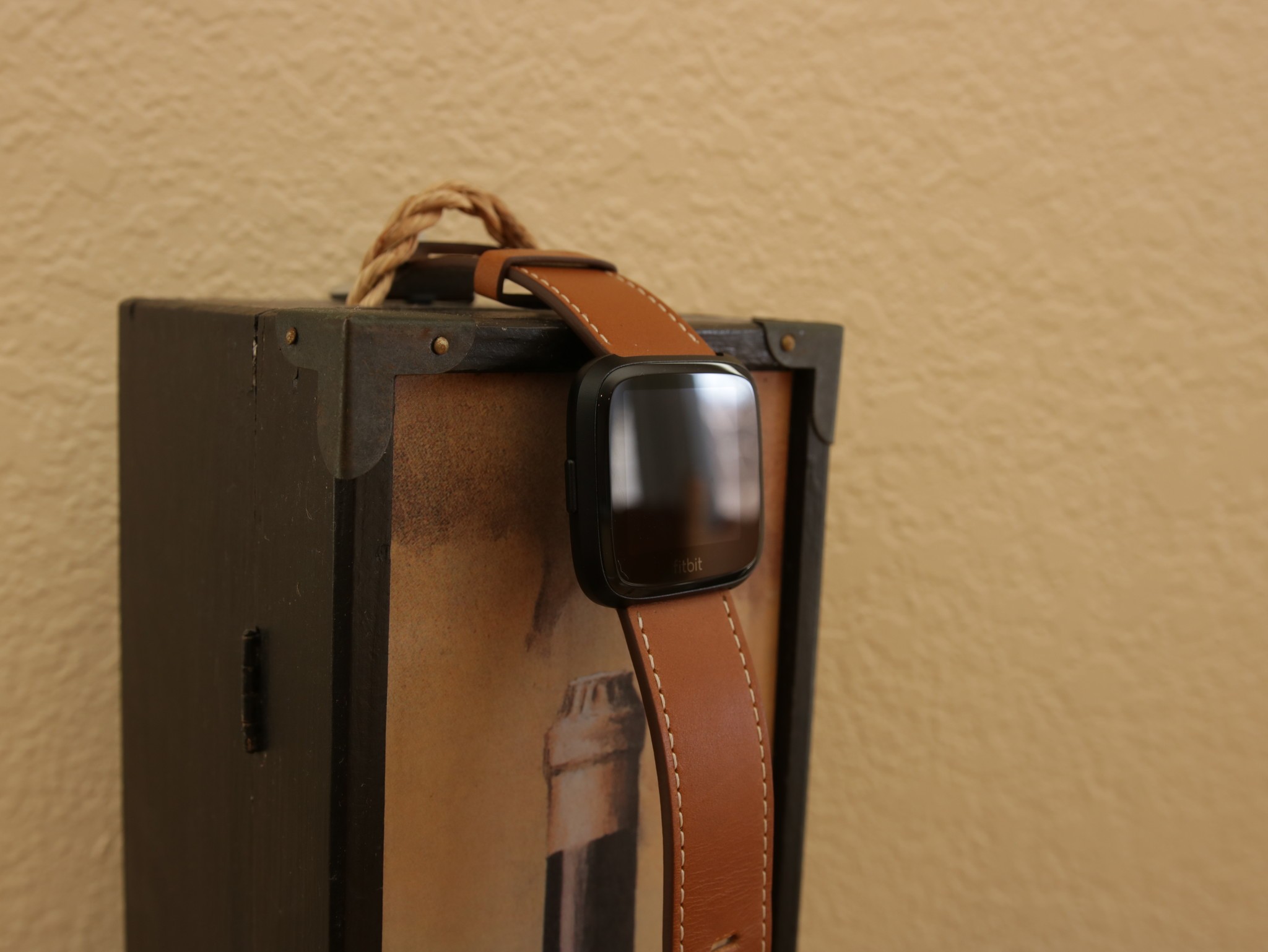
Fitbit's also touting the Versa as being "the lightest metal smartwatch you can buy in the U.S. today", and while I never had a problem with the Ionic's weight, the Versa practically disappears the second you put it on. You'll certainly know it's there when it vibrates to alert you of a notification or remind you to move, but aside from that, it feels like nothing's there.
Along with the smaller size and weight, Fitbit also adopted a new shape for the Versa. Rather than keeping the Ionic's sharp rectangular body, the Versa takes the form of a squircle with rounded corners everywhere you look. The three buttons on the sides follow this same design, as does the bottom of the watch. It honestly reminds me a lot of the never-released Pebble Time 2, and that may be the highest compliment I can give it.
Screen
The Versa has a 0.9478" x 0.9478" screen, and simply put, it looks fantastic. Colors are vibrant, text is plenty crisp, and perhaps most important, outdoor visibility is great.
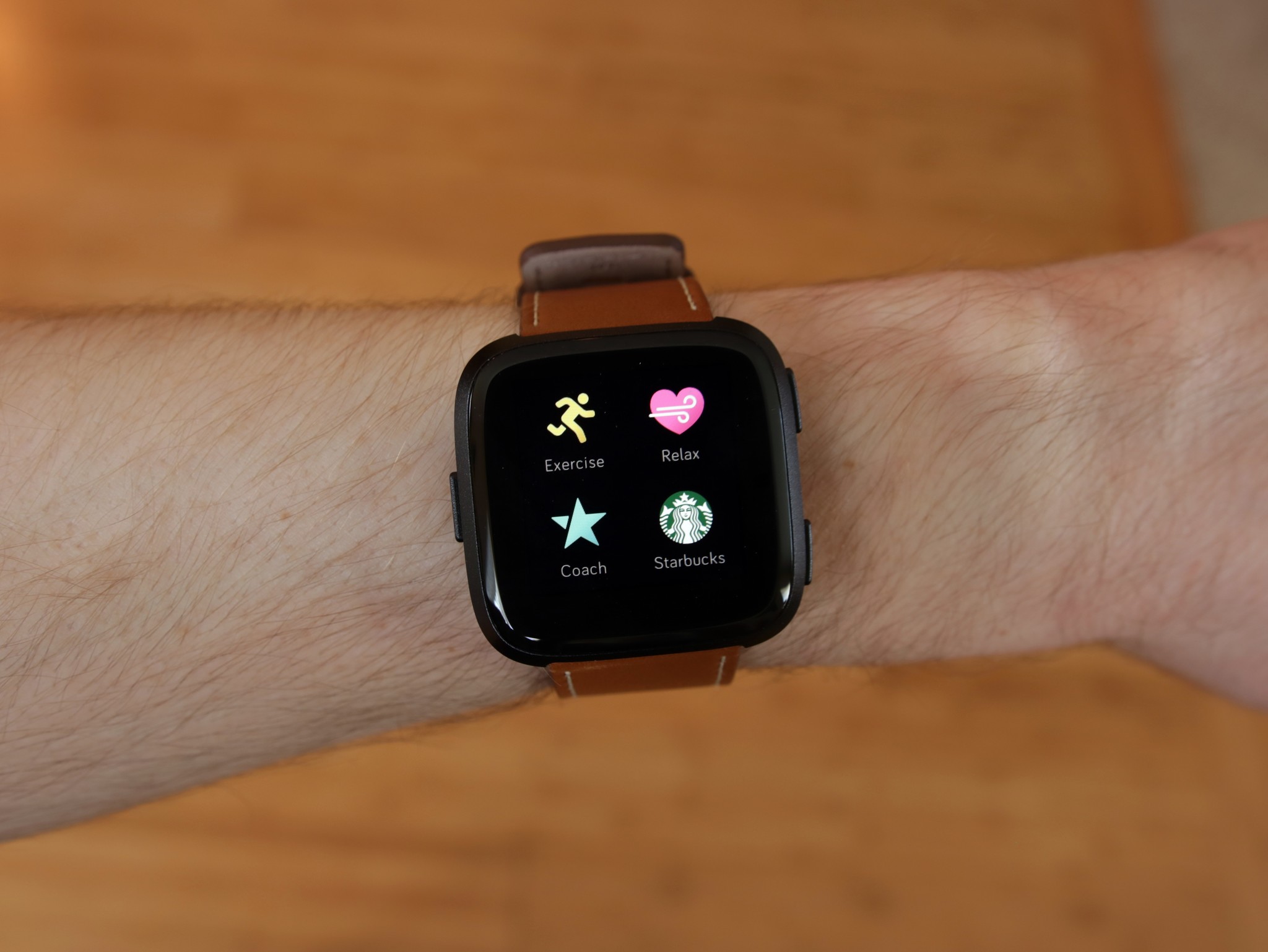
Because of the Versa's squircle shape, this makes its display taller and a bit narrower. I personally don't have a problem with the way it looks, but this does create some discrepancies in regards to apps and clock faces that are available for the Versa compared to the Ionic.
Only apps and clock faces that have been updated for the Versa can be downloaded, and at the time of publishing this review, that means you won't have as many of these to choose from. Fitbit says it's been working with developers to help them update their apps for the new form factor, and while there's good progress being made here, there's still considerably fewer apps and clock faces available for Versa. This is something that'll certainly get better over time (especially with Fitbit's new development simulator in place), but for the time being, it's still fairly annoying.
Battery life
Despite the considerably smaller size compared to the Ionic, Fitbit's still touting 4+ days of battery life on Versa. My personal use of the watch saw a stream of notifications coming in at every hour of the day, hour-long sessions at the gym each night, and wearing it to bed to record my sleep. With that sort of use, I got closer to 2 1/2 to 3 days of use before needing to top up.
That's not as great as the 4 to 5 days I regularly get on my Ionic, but it's still nothing to scoff at. The Versa tops up quickly with its included charging stand, and depending on the way you use it, you may be able to get closer to that advertised 4 days of juice. The Versa still offers good battery performance, and while not as impressive as its older brother, still left me more than content.
Watch bands
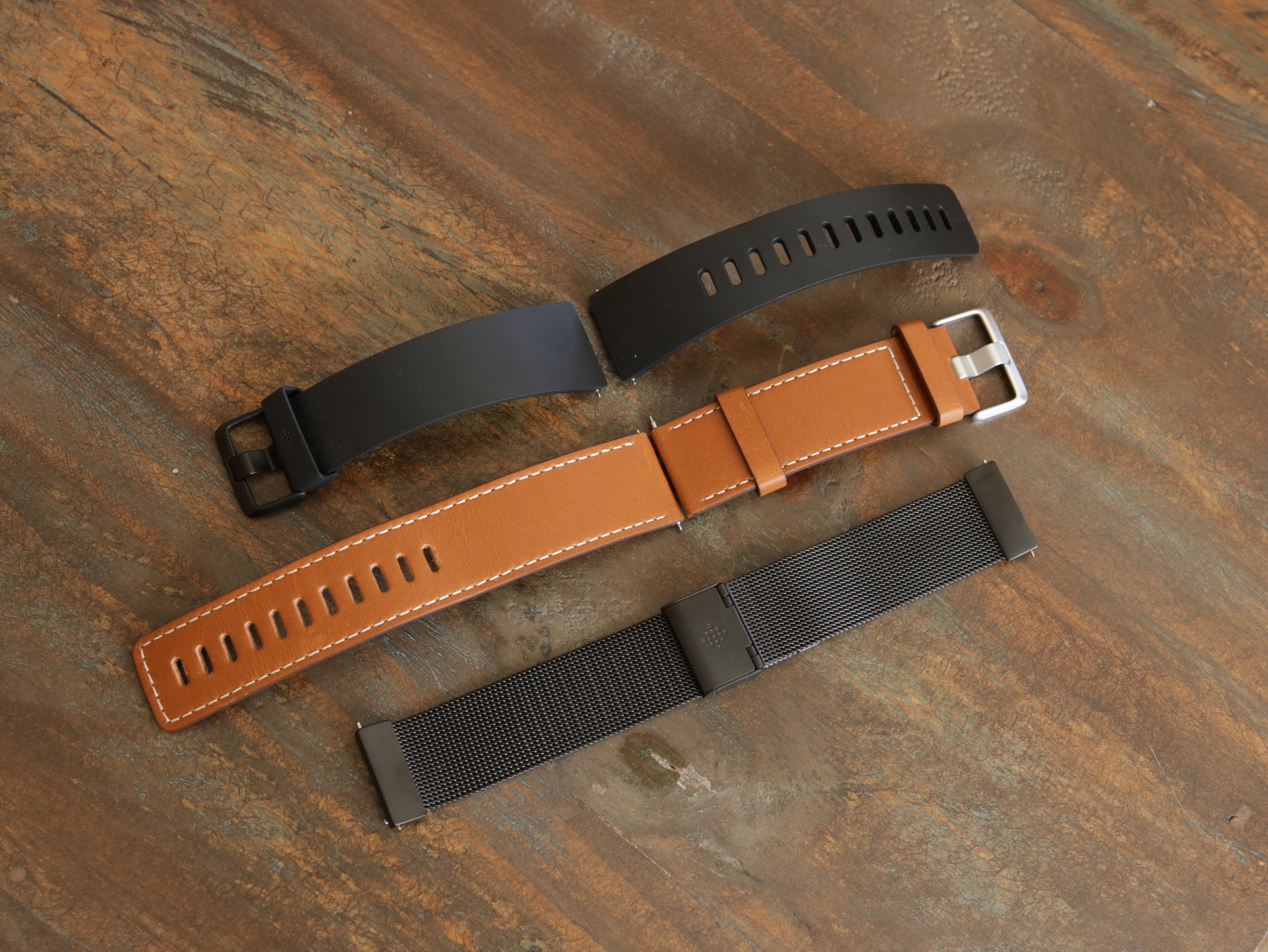
Fitbit's once again gone with proprietary watch bands for the Versa, and while I'd prefer the company to use a standard 20mm or 22mm option, the good news is that there's a lot of options to choose from. Fitbit's own selection is already better than what's available for the Ionic, including silicon, leather, and metal mesh/link bands that all come in a variety of different colors.
If Fitbit's prices are a bit too steep for your wallet, you can just as easily head to Amazon and browse through a number of third-party options that cost as little as $8 to $12.
Software
The Fitbit Versa is the second device to run Fitbit OS, but it's the first to ship with the big 2.0 update out of the box. Fitbit OS 2.0 fixes a lot of what made the Ionic feel half-baked, and while this is really what Fitbit should have come out of the gate with five months ago, I'm more than glad it's finally here.
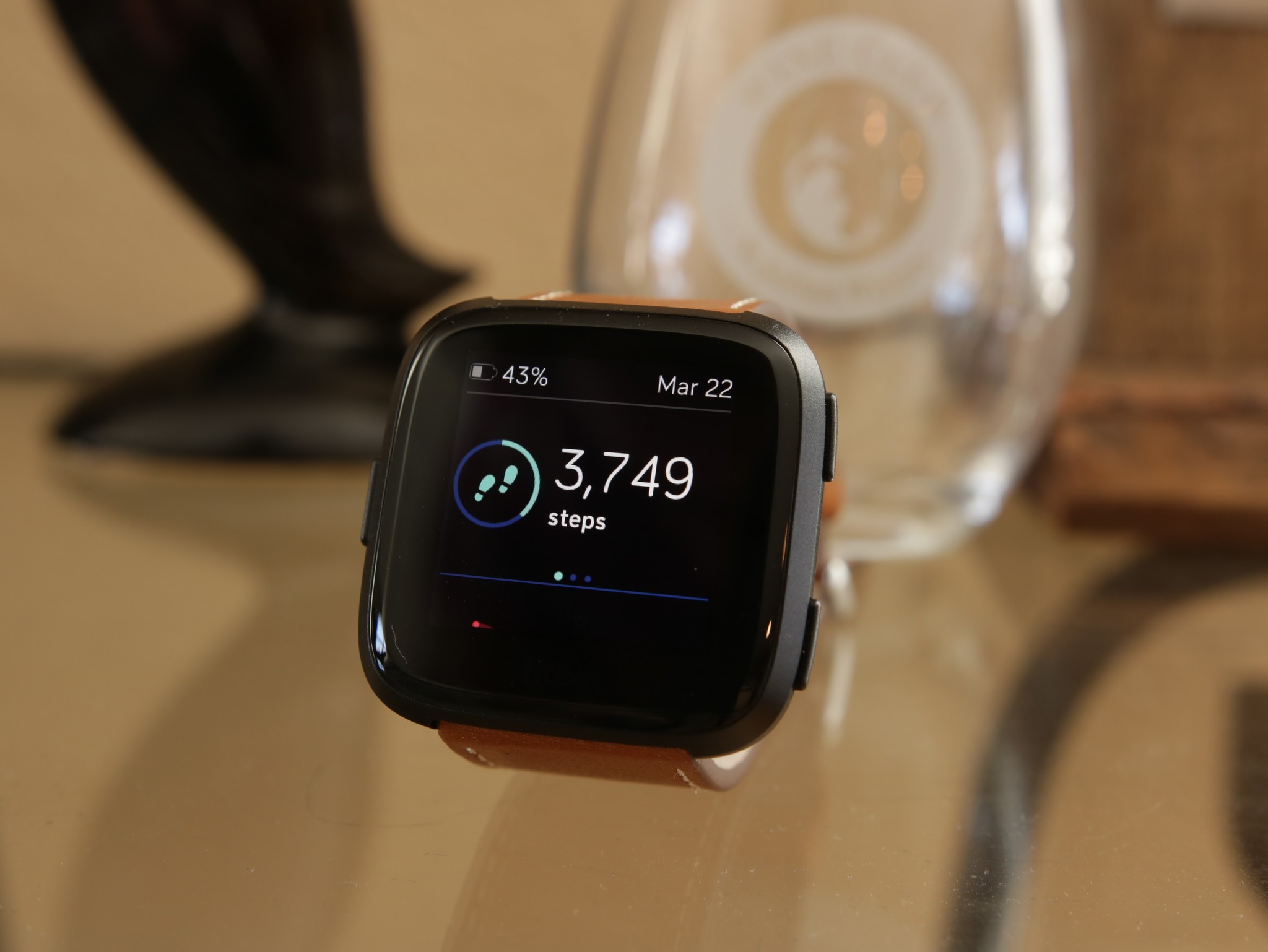
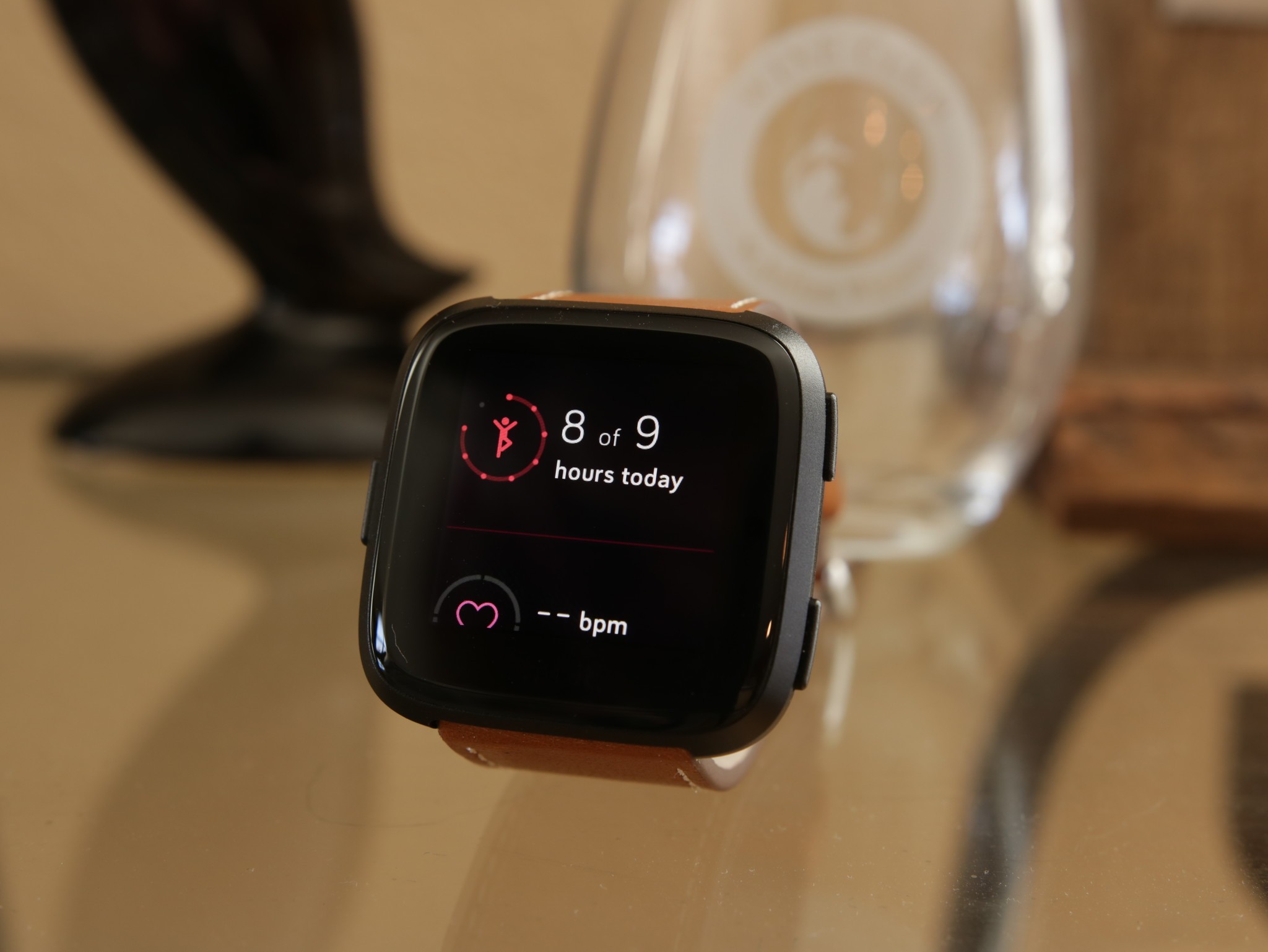
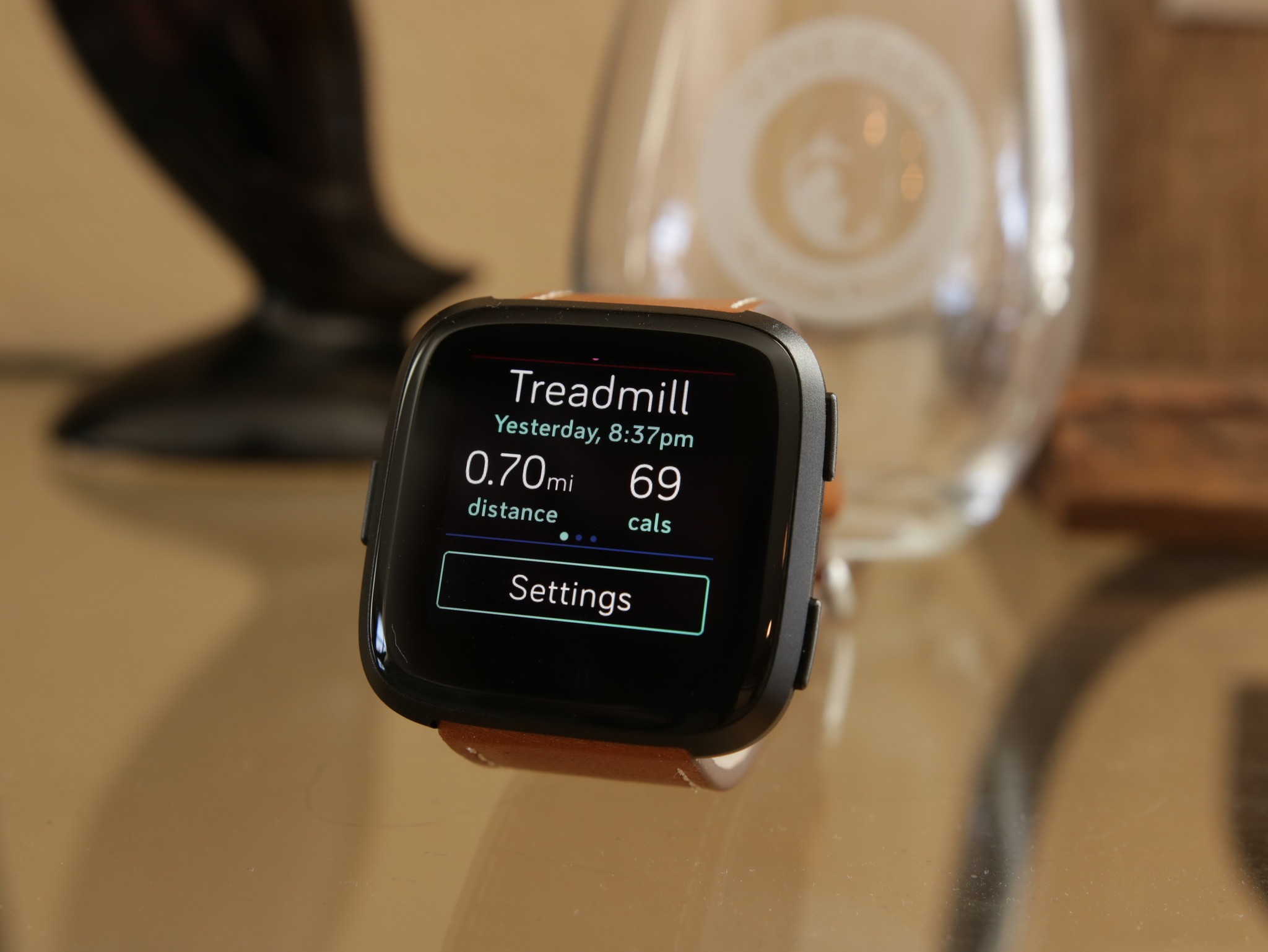
One of the biggest changes in Fitbit OS 2.0 is the way you interact with the user interface. Everything's still based on swipes and taps, but the way these work feels much more intuitive. Here's a quick breakdown of what you'll be doing to interact with Versa:
- Swipe Down — View any notifications you've received
- Swipe Up — Open the revamped "Today" app that shows your steps, calories-burned, heart-rate, most recent workouts, and more
- Swipe Left — Browse through your installed applications
- Hold Left Button — Access screen wake + notification settings, music controls, and Fitbit Pay (if you have the Special Edition Versa)
Complimenting the improved gestures is a much-needed boost to performance. The Ionic always felt slow and janky when interacting with it any way, but that's not the case with Versa. Animations are noticeably smoother, apps open quickly, and this contributes to a much more enjoyable time when interacting with the OS.
Quick Replies are coming – sort of
Only Android users will be able to reply to texts from the Versa.
Just like previous versions before it, Fitbit OS 2.0 allows you to receive notifications from your phone, such as incoming calls, texts, calendar appoints, and any other apps that you've enabled. You weren't able to respond to these notifications from your watch on the Ionic, and while you still can't on the Versa at the time of publishing this review, that's finally changing (kind of).
Later this May, Fitbit will roll out Quick Replies for both the Versa and Ionic. This will give you five pre-loaded responses that you can send off to texts, WhatsApp messages, etc., and you'll be able to customize what these say (up to 60 characters) in the Fitbit app.
Unfortunately, Quick Replies will only be available when using the Versa or Ionic with an Android phone. Fitbit's unable to offer this functionality on iOS due to Apple's many restrictions, but Fitbit has said that it's working on a way to bring Quick Replies to iOS in some fashion at a later date.
Health tracking
Smartwatchy features aside, the Versa is still a Fitbit at the end of the day. And as such, it offers one of the best health/fitness tracking suites you can find.
On the Versa itself, you can keep tabs on basic things such as steps, calories burned, distance, floors, and active minutes. You'll get reminders to take 250+ steps every hour, wearing it to bed will log your sleep, and the heart-rate monitor helps to keep tabs on how hard your ticker's working at any given minute.
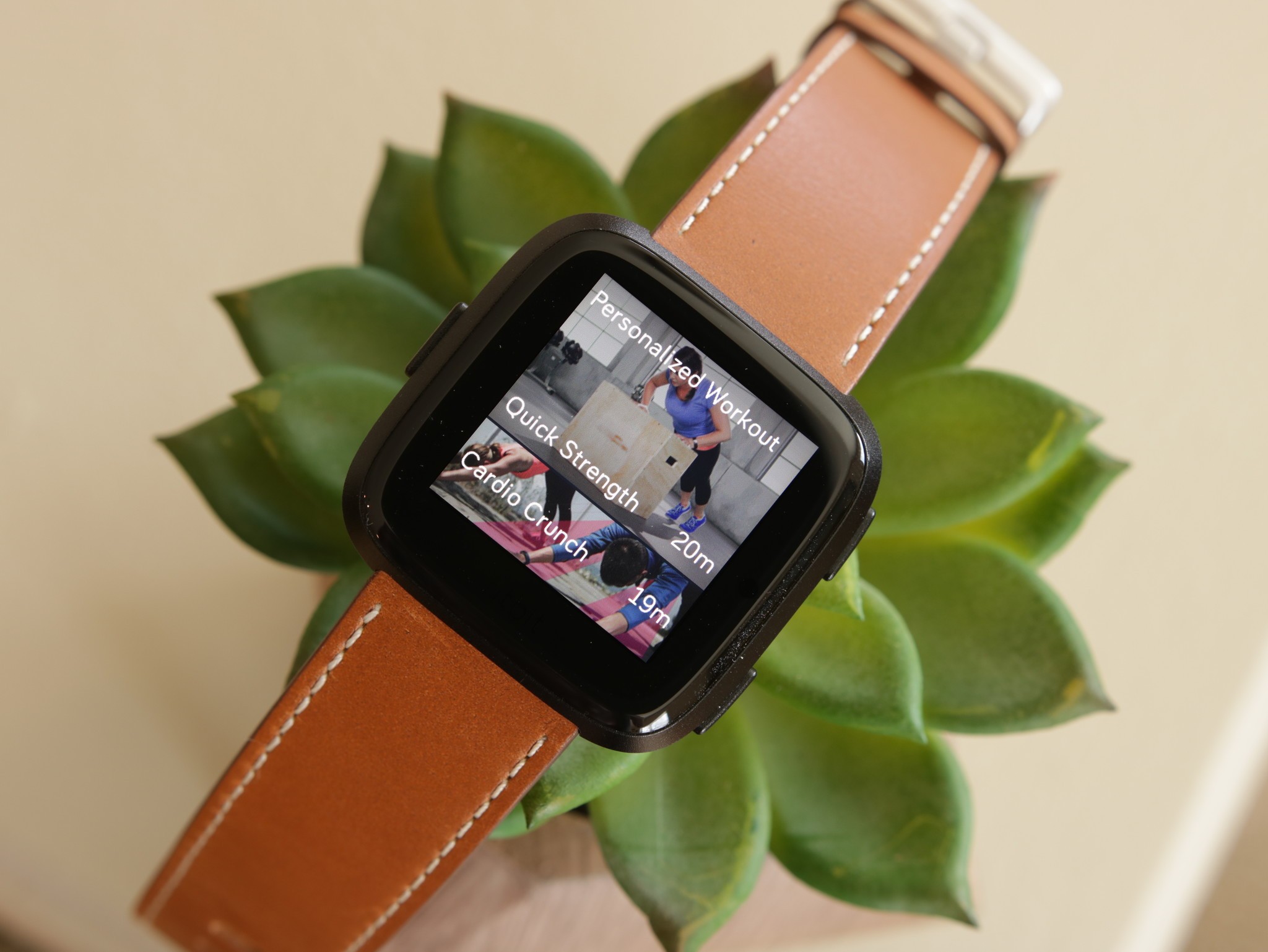
The Exercise app allows you to record a variety of different exercises, including Run, Swim, Bike, Treadmill, Yoga, etc., and you can also use Fitbit Coach to access on-screen workouts directly on the Versa. Ever Versa comes with three workouts by default, but a paid membership lets you access up to six. As you keep using Coach, different workouts are added based on your performance and fitness level.
Fitbit's the best in the business when it comes to health tracking.
Fitbit Coach costs $39.99 for an annual subscription, and that works out to just a little more than $3.33 each month. You can access more workouts on the Coach app on your phone, but there's something so incredibly convenient about having these directly on your wrist. The Versa is still a great fitness tracker without Coach, but if you don't mind the extra 40 bucks a month, it's more than worth it.
Once you sync your Versa to the Fitbit app, you'll get detailed breakdowns of all the data it's recorded, you can initiate challenges between you and other Fitbit users, and interact with a community of 20M+ users in the Fitbit Feed.
You can find similar features in Apple Health, Samsung Health, Nokia Health, and others, but Fitbit's modern design and easy-to-use interface easily make it my favorite health/fitness app to use.
Should you buy it?
When Fitbit launched the Ionic, it had created a very sports-centric wearable and was trying to market it as a mainstream smartwatch. Its large design and steep price ultimately turned a lot of people off, and that's how we ended up with the Versa.
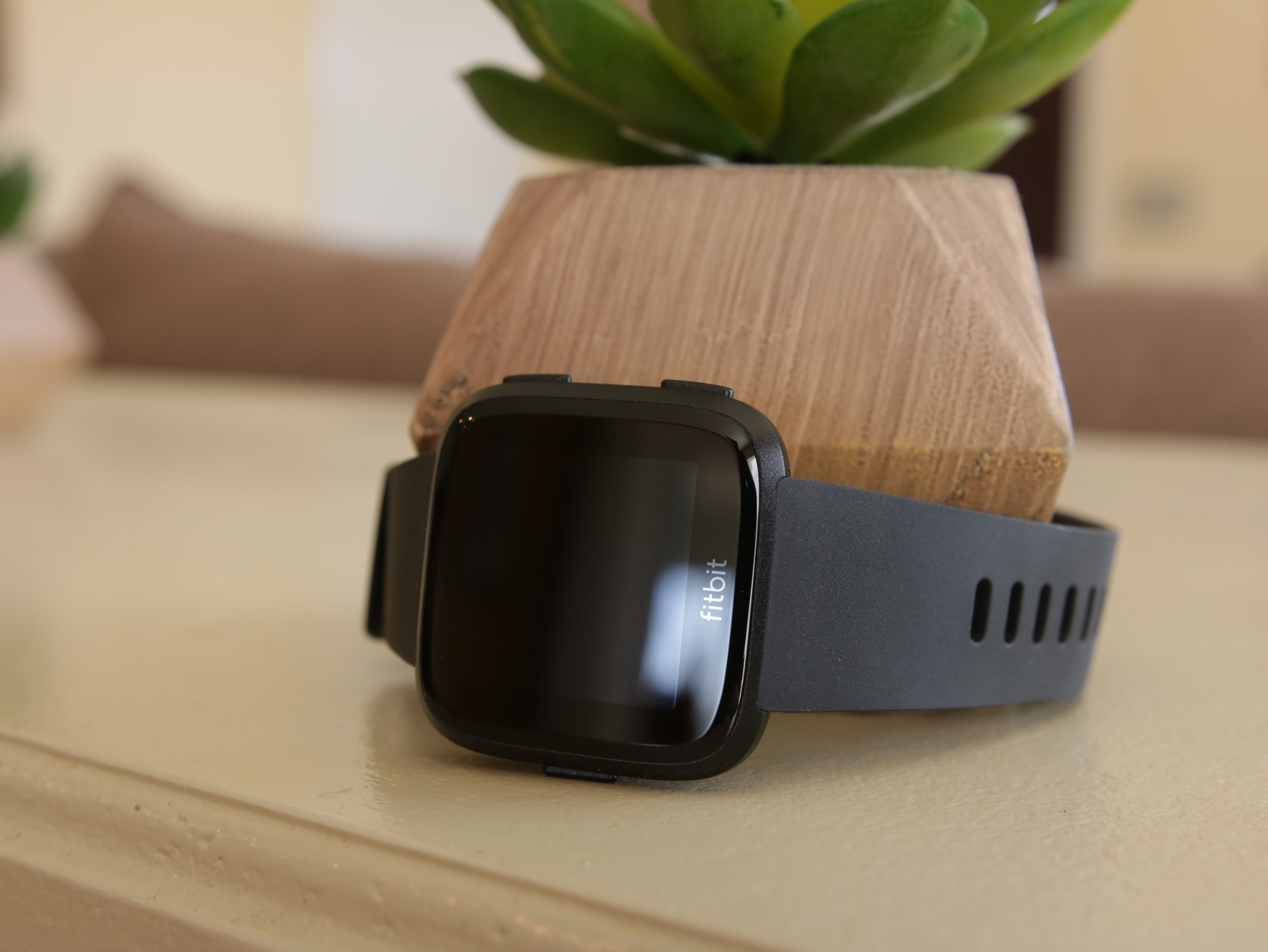
Compared to the Ionic side-by-side, the Versa is extremely similar. It tracks all the same stuff, runs the same operating system (Fitbit OS 2.0 is already rolling out to the Ionic), records your heart-rate, and supports NFC payments with the Special Edition variant. You won't find GPS or 5-day battery life, but in reality, the Versa offers 95% of the experience you'll get with the Ionic.
However, the Ionic was a big, masculine, meatball of a watch, the Versa is warm and welcoming. It's quickly become one of my favorite-looking smartwatches ever, and I still can't get over just how comfy it is to wear.
Fitbit's being extremely competitive with the Versa's price, coming in at $100 less than the Ionic and $50 cheaper than the Series 1 Apple Watch. $199 is a steal considering everything Versa brings to the table, and whether you're a long-time Fitbit fan or simply want a wearable that works incredibly well as both a smartwatch and fitness tracker, I can easily recommend the Versa without skipping a beat.
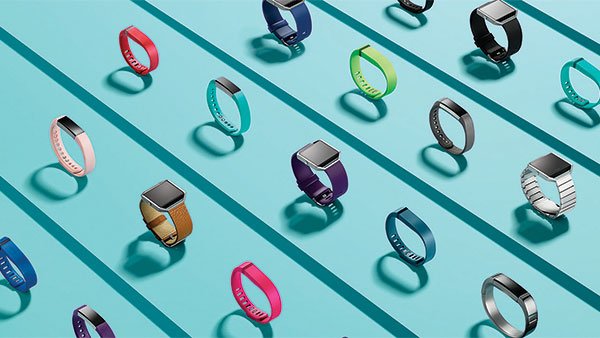
○ Fitbit Buyers Guide
○ Fitbit Users Guide
○ The Best Fitbit to Buy
○ Fitbit News
○ Fitbit Forums
○ Buy on Amazon
When Joe isn't acting as the News Editor for Android Central, he can be found helping out with articles here and there at iMore. He was last spotted at Starbucks surrounded by peppermint mochas. Have a tip? Send an email to joe.maring@mobilenations.com!


